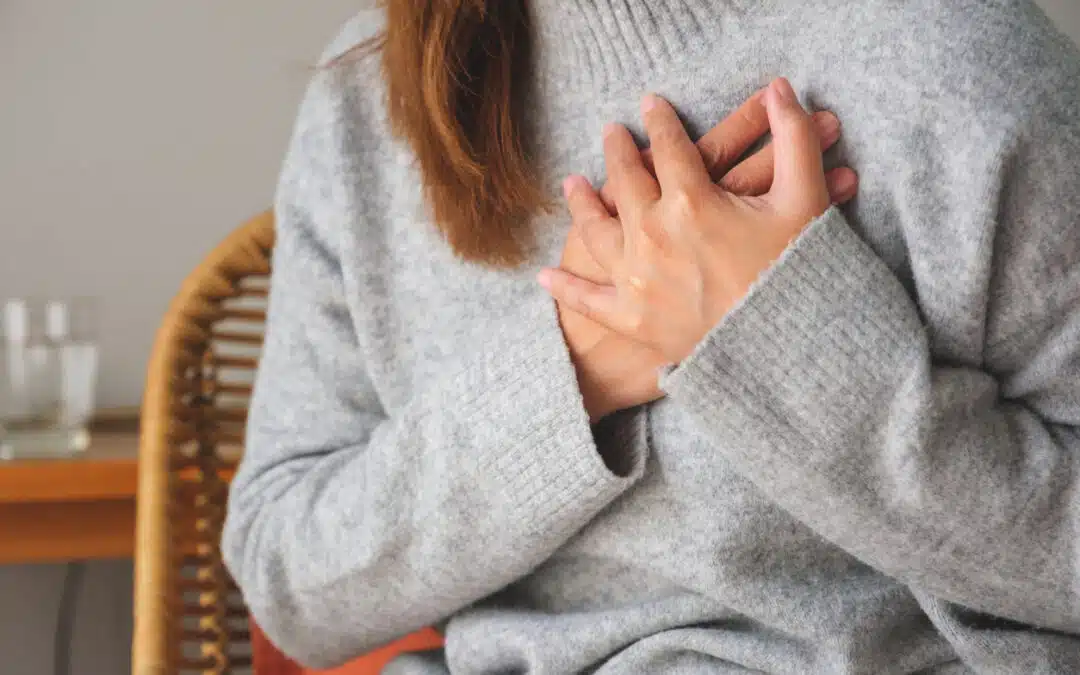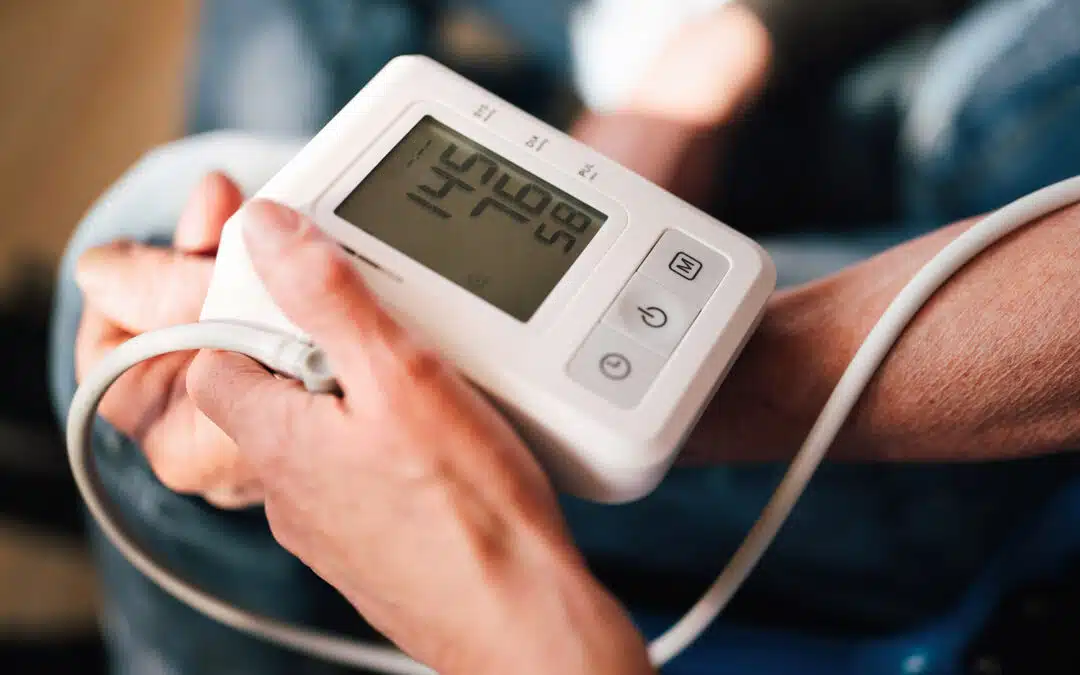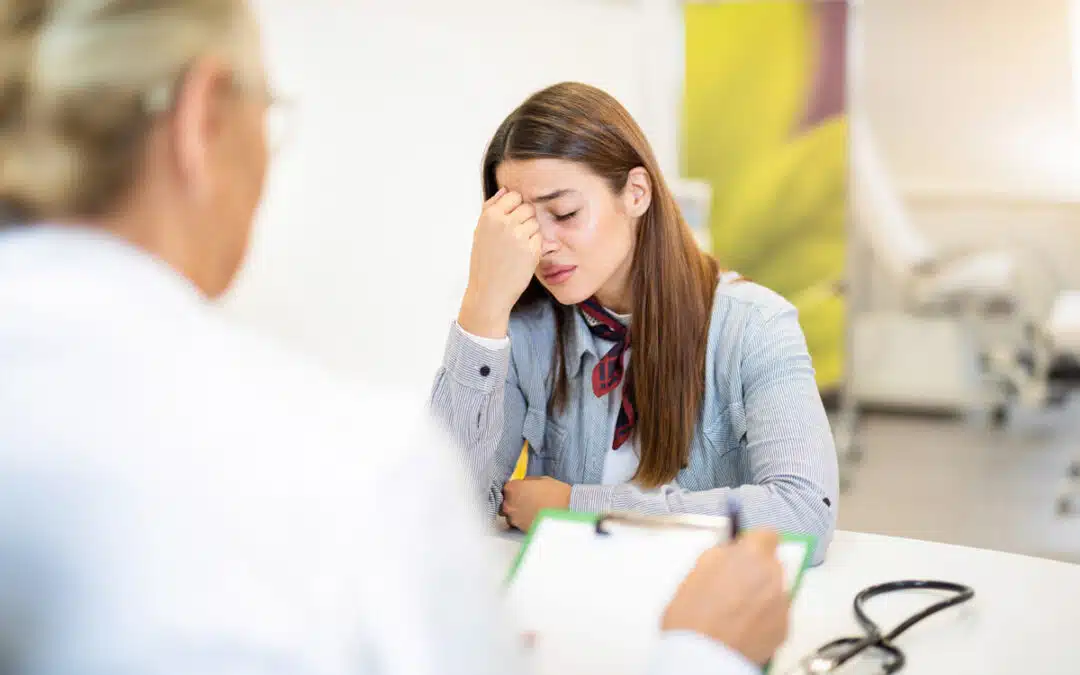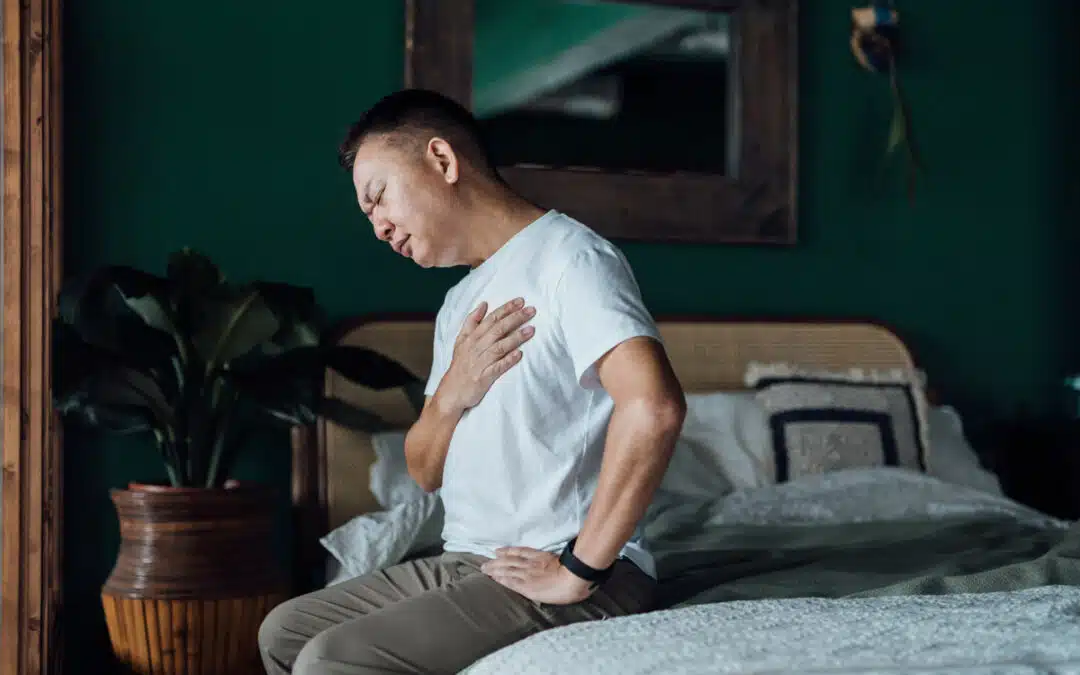Getting older comes with its own perks and challenges. The tradeoff for gaining more wisdom is dealing with a body that is less amenable to an active lifestyle. Issues such as vein disease and varicose veins become more commonplace, affecting as many as 35% of the U.S. population. Though the bulging veins may cause you discomfort and require you to put your feet up to recover, there are many exercises you can do to help relieve your symptoms and help with healthy circulation.
Varicose veins result from a circulatory condition we call venous insufficiency. This leads to blood pooling in our legs, which can cause leg swelling, aching, skin discoloration, and varicose veins. Many times, venous insufficiency happens due to age, but it also can also occur thanks to genetics, obesity, multiple pregnancies, sedentary lifestyles, and more. Though we can’t fix the faulty valves without surgery, we can help keep the blood flowing better with certain exercises.
Walk your way to health
Keep your legs healthy with walking, a classic exercise that’s beneficial at any age. The movement with walking helps the muscles in your leg contract, aiding in blood flow. It’s simple, free, and offers a whole host of other health benefits as well. Though walking is a low-impact exercise, it’s important to check with your doctor before beginning. Ease into it, and make sure you have good, supportive shoes.
Lift your legs
Vein disease issues generally occur in the legs, so it makes sense that some exercises will target this area directly. Indeed, building stronger muscles will improve your fitness and help with venous insufficiency. Strengthen your calves with calf raises, a simple exercise that you can do anywhere. Simply stand with your legs straight, rise on your tiptoes, and then lower back down.
Take a swim
Swimming is a wonderful low-impact exercise that is gentle on your joints and muscles while offering a workout for your whole body. The fluid movements can help ease symptoms of vein disease as well as improve circulation and build strength that can help with venous insufficiency.
Remember, regular exercise is always important, even with symptoms of vein disease. Choose routines that work for you and help you feel your best


